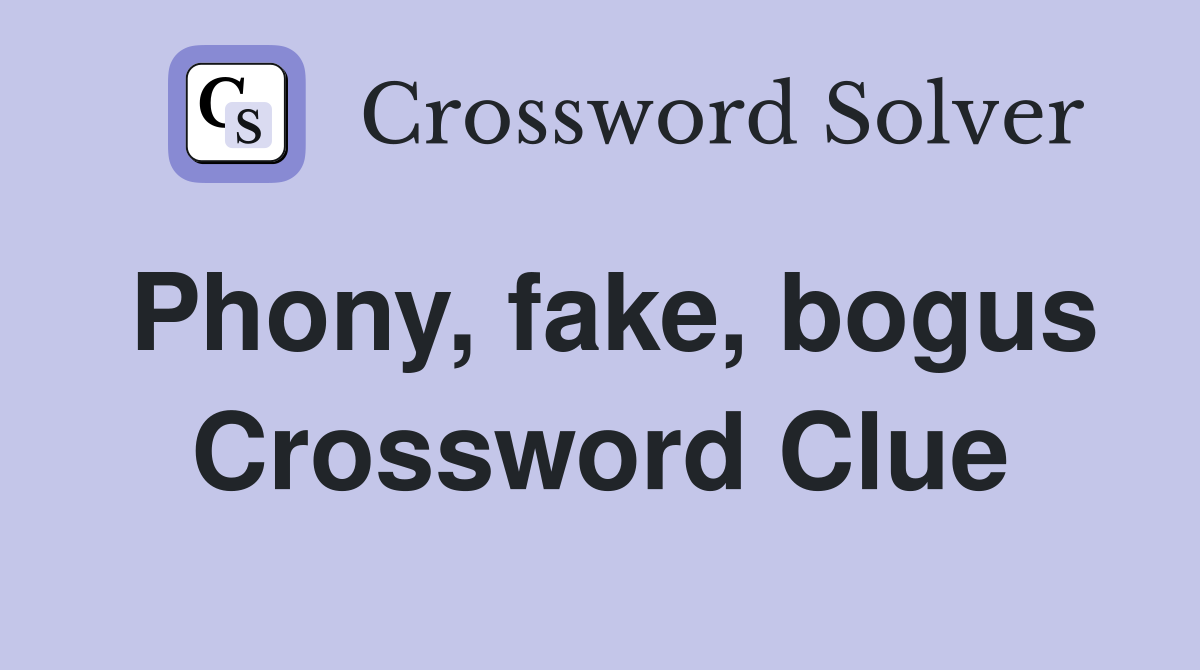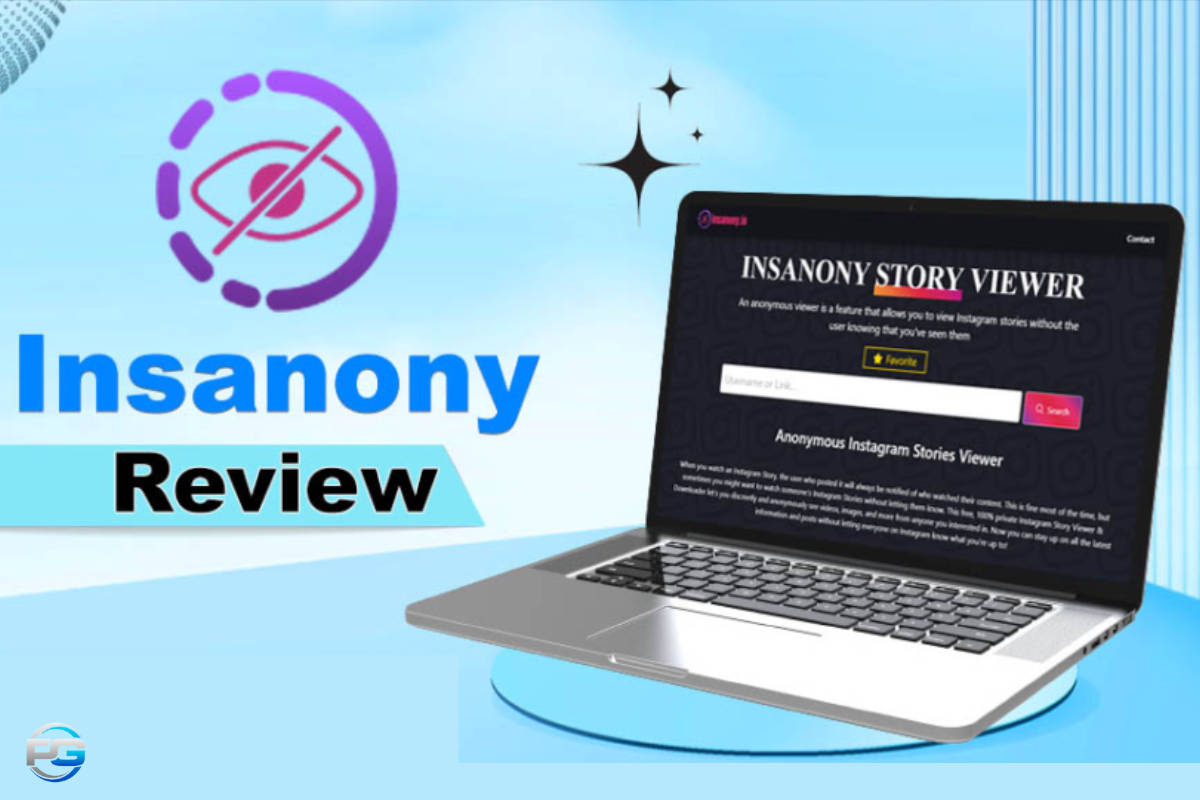Table of Contents
Crossword puzzles have been a staple of American entertainment for decades, captivating minds and challenging intellects. Among these, the New York Times (NYT) crossword stands out as a paragon of complexity and sophistication. However, as with any beloved institution, there are instances where the experience can feel less than authentic, leading to the emergence of what some might call the “phony fake bogus NYT crossword.” In this article, we’ll explore what that term means, how it applies to the crossword community, and ways to approach these puzzles with a critical eye.
The Allure of the NYT Crossword
Before delving into the intricacies of the “phony fake bogus NYT crossword,” it’s essential to appreciate the unique appeal of the NYT crossword. Known for its clever clues and intricate wordplay, the NYT crossword attracts a wide range of solvers, from casual enthusiasts to seasoned experts.
Every day, thousands of people engage with the puzzle, aiming to fill in the grid while enjoying a mental workout. The thrill of discovery as you unravel tricky clues and connect the dots is undeniably satisfying. However, the crossword’s popularity has also led to some challenges that can give rise to feelings of frustration and confusion.
Understanding the Phony Fake Bogus NYT Crossword
The term “phony fake bogus NYT crossword” typically refers to puzzles that lack the quality and ingenuity expected from the New York Times. This may include:
- Subpar Clues: In a standard NYT crossword, clues are usually clever, witty, and often have a double meaning. However, in a phony or fake crossword, clues might feel forced or overly simplistic, robbing the solver of the usual joy of solving.
- Overly Obscure References: While part of the charm of the NYT crossword is its cultural references, some puzzles might lean too heavily on niche knowledge, making it difficult for the average solver to participate.
- Poor Construction: Quality crosswords adhere to specific rules about word placement, grid design, and letter arrangement. A bogus crossword may break these conventions, resulting in a frustrating solving experience.
- Lack of Theme or Cohesion: Many NYT crosswords have a theme that ties the clues and answers together in a satisfying way. A phony crossword may lack this thematic coherence, making it feel disjointed and less enjoyable to solve.
The Impact of Low-Quality Crosswords
As the popularity of crossword puzzles has surged, so too has the proliferation of lower-quality variants. This shift has had a few notable consequences:
1. Erosion of Trust
Regular solvers of the NYT crossword have come to expect a certain level of quality. When they encounter a phony fake bogus NYT crossword, it can lead to disappointment and skepticism about the credibility of other puzzles. This erosion of trust can deter solvers from continuing to engage with the puzzles they once loved.
2. Frustration Among Solvers
For many, solving crosswords is a way to unwind and stimulate their minds. However, encountering a poorly constructed crossword can lead to frustration rather than enjoyment. This negative experience may discourage new solvers from pursuing the hobby altogether.
3. Devaluation of the Crossword Community
The crossword community thrives on shared experiences, mutual respect, and a passion for language. However, the existence of low-quality puzzles can undermine these values. Solvers may feel alienated when encountering a puzzle that doesn’t meet their expectations, leading to a fractured community.
How to Spot a Phony Fake Bogus NYT Crossword
While the term “phony fake bogus NYT crossword” can encompass various issues, there are some telltale signs that can help you identify low-quality puzzles.
1. Check the Source
Before diving into a crossword, take a moment to verify its origin. Puzzles that are self-published or found in lesser-known publications may not adhere to the same standards as those from the NYT.
2. Read Reviews and Feedback
Crossword communities often share feedback about specific puzzles. Websites, forums, and social media platforms can provide insights into whether a crossword is worth solving. If a puzzle receives negative reviews, it may be best to steer clear.
3. Look for Recognizable Patterns
Quality crosswords typically exhibit patterns and themes that enhance the solving experience. If a crossword feels chaotic or lacks structure, it could be an indicator of a phony or fake puzzle.
Tips for Enjoying Crosswords Despite the Challenges
While encountering a phony fake bogus NYT crossword can be disheartening, there are several strategies you can employ to enhance your crossword-solving experience.
1. Embrace a Variety of Puzzles
Exploring different crossword puzzles beyond the NYT can introduce you to new styles and formats. Many publications offer high-quality puzzles that can provide a refreshing change of pace and maintain your interest in solving.
2. Join Crossword Communities
Engaging with fellow crossword enthusiasts can enrich your solving experience. Joining online forums, social media groups, or local clubs can connect you with others who share your passion. These communities often provide recommendations and insights that can help you find quality puzzles.
3. Practice and Patience
Crossword-solving is a skill that improves with practice. If you encounter a challenging puzzle, take your time to work through it. With patience and perseverance, you can hone your solving abilities and enjoy the process, even when faced with tricky clues or obscure references.
4. Develop a Strategy
Adopting a systematic approach to solving crosswords can be beneficial. Start with the clues you find easiest, and fill in the grid as you go. This strategy can build momentum and help you tackle tougher clues with greater confidence.
The Future of Crossword Puzzles
As the world continues to change, so too does the landscape of crossword puzzles. With the rise of digital platforms and mobile apps, the way people engage with crosswords is evolving. While this provides opportunities for innovation and creativity, it also raises questions about quality and authenticity.
The crossword community must remain vigilant in advocating for high standards and encouraging the creation of puzzles that inspire, challenge, and entertain. By supporting talented constructors and seeking out quality puzzles, solvers can help preserve the integrity of this cherished pastime.
Conclusion
The term “phony fake bogus NYT crossword” captures a frustrating aspect of the crossword-solving experience. While low-quality puzzles can diminish enjoyment and undermine the sense of community among solvers, it’s essential to approach these challenges with a critical eye and an open mind.
By exploring a variety of puzzles, connecting with fellow enthusiasts, and honing your solving skills, you can navigate the world of crosswords with confidence. Ultimately, the joy of solving remains within reach, even when faced with the occasional phony fake bogus NYT crossword. So, embrace the challenge, stay engaged, and remember that every puzzle is an opportunity to sharpen your wit and have some fun.
FAQS
1. What does “phony fake bogus NYT crossword” mean?
The term refers to crossword puzzles that lack the quality, cleverness, and construction standards typically expected from the New York Times (NYT) crossword, often resulting in a frustrating solving experience.
2. How can I identify a low-quality crossword puzzle?
Signs of a low-quality crossword include subpar clues, overly obscure references, poor construction, and a lack of thematic cohesion. Checking the source and reading reviews can also help.
3. Why is the NYT crossword so popular?
The NYT crossword is known for its clever clues, intricate wordplay, and challenging content, attracting a wide range of solvers from casual enthusiasts to seasoned experts.
4. What are the consequences of encountering low-quality crosswords?
Low-quality puzzles can lead to frustration, erosion of trust in crossword publications, and a negative impact on the crossword community, discouraging new solvers from engaging with the hobby.
5. Where can I find quality crossword puzzles?
Besides the NYT, many reputable publications, websites, and mobile apps offer high-quality crosswords. Engaging with crossword communities can also help you discover new and reliable sources.
6. How can I improve my crossword-solving skills?
Practice regularly, embrace a variety of puzzles, develop a systematic approach, and engage with fellow enthusiasts for tips and strategies to enhance your solving abilities.
7. Are all online crossword puzzles of low quality?
No, while some online puzzles may be low quality, many reputable sources offer high-quality crosswords. It’s essential to research and seek recommendations from trusted crossword communities.
8. What should I do if I encounter a frustrating crossword?
If a puzzle is particularly frustrating, take a break and return to it later. Approaching it with a fresh perspective can help, and it may be beneficial to work on other puzzles in the meantime.
9. Can crossword puzzles be a form of entertainment?
Yes, many people find crossword puzzles entertaining and mentally stimulating. They can provide a satisfying challenge and serve as a fun way to engage with language and culture.
10. How is the crossword community evolving?
The crossword community is adapting to digital platforms and mobile apps, which introduce new styles and formats. However, it remains essential to advocate for quality and authenticity in crossword construction.






